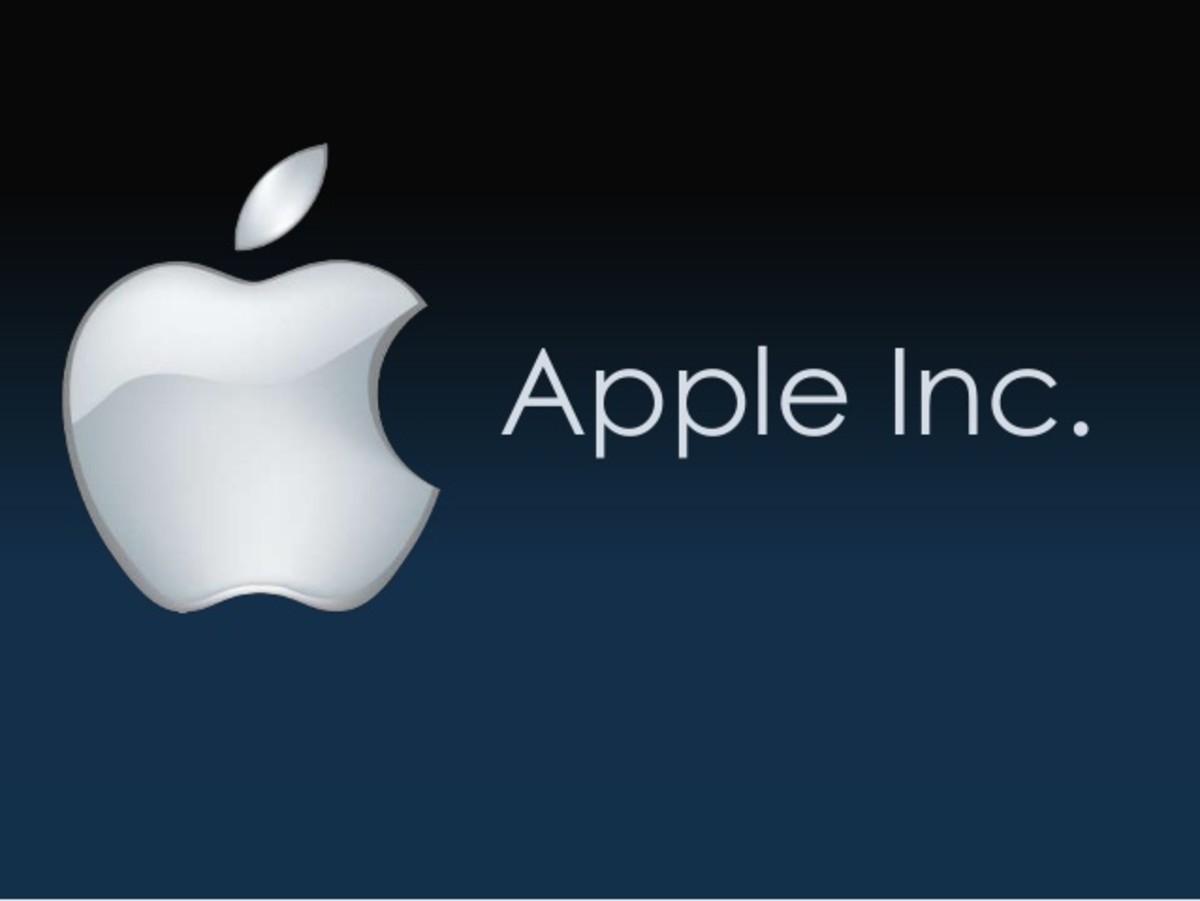INFORMATION TECHNOLOGY AND SUPPLY CHAIN MANAGEMENT
Introduction
A supply chain is essentially a set of three or more companies directly linked by one or more of the upstream or downstream flows of products, services, finances and information form a source to customer. Supply chain management may be defined as the management of the different flows in a supply chain with a view to improving the long term performance of the individual firms and the supply chain as a whole. As is evident form the definition itself, the flow of information is vital to the functioning of a supply chain. Without information relayed at the right time to the right place, the whole supply chain would come to a standstill. Hence information technology, which enables information flow within a firm, between firms, and across the supply chain, goes a long way towards ensuring effective and efficient supply chain management. Technology, in short, forms the backbone of most corporate supply chains.
Information technology facilitates the development of Information systems designed to provide speedy and accurate information. The roadmap for a firm wishing to build a supply chain information system would be to develop an intra-firm information system,
expand the capabilities of the same by connecting to suppliers and/or customers, thus creating an inter-firm system, and then, connect to the supplier’s supplier and customer’s customer, thus resulting in a supply chain information system.
INTRAFIRM INFORMATION SYSTEMS
As stated earlier, firms could develop more effective supply chain information systems if they first developed effective intrafirm information systems. Some of the common examples of such systems are Warehouse management systems (WMS), transportation management systems (TMS), Decision support systems (DSS), Intranet and Enterprise resource planning systems (ERP).
INTRAFIRM APPLICATIONS
Intrafirm applications are the concepts and techniques which have benefited greatly through the advances in intrafirm information systems and technology. The main applications of Intra-firm information systems are Materials requirement planning (MRP) and Distribution requirements planning (DRP).
INTER-FIRM INFORMATION SYSTEMS
These permit information flow between the focal firm and its suppliers and/or customers. The increasingly uncertain business environment has seen the growth of inter-firm information technology. These systems eliminate redundant pools of inventory (at the different phases of a supply chain) and duplicate service operations. Some of the important inter-firm systems are EDI, Internet, etc.
INTER-FIRM APPLICATIONS
The major applications which benefit from Information systems technology that goes beyond the firm are Just-in-time (JIT) manufacturing and Cross-docking.
SUPPLY CHAIN INFORMATION SYSTEMS
To achieve functional integration within the supply chain, information technology that manages product flow, information flow and cash flow from end to end is indispensable. Some of the important supply chain information systems are forecasting systems and extranets.
APPLICATIONS
Some applications of SC information systems are Quick response (QR), Efficient customer response (ECR), vendor-managed inventory (VMI), and Automatic replenishment (AR).
HENCE…………………………….
It is clear as day that IT has contributed a great deal toward improving SCM practices. However, the scenario is not picture-perfect yet. Not many firms have been able to develop company-wide unified information systems. Many a time, glitches arise during the installation of imformation systems such as ERP. If not properly handled, these glitches might spill over into factory orders and cost firms big bucks, as footwear giant Nike learned much to its discomfiture. The fiasco with its demand-planning engine, i2, is clearly something Nike would like to forget. The demand planning software had some glitches, and hence the system ignored some orders and duplicated others. The demand planner had also deleted ordering data six to eight weeks after it was entered, making it impossible for planners to recall what they had asked each factory to produce. However, Nike soon learned from its failure, and subsequently rebounded.
Though things could go grievously wrong at times, at others, IT can still be a life-saver for a firm. There have been instances when IT has pulled a firm back from the brink of disaster. One very good example would be that of the Dallas based Aviall Inc. which was saved from financial catastrophe by a controversial multi-million dollar IT project which included developing the firm’s website (www.aviall.com). That one investment was instrumental in turning Aviall from a catalog business into a full-scale logistics business. But the going was not that easy. When the firm invested 30-40 million dollars on building the infrastructure, both competitors and investors came down as a ton of bricks on it. But Joseph Lacik, VP of Information Systems at Aviall Services, paid no heed to the criticisms pouring in and went ahead with the project. The website developed provided big benefits. It brought down the order-taking costs, and also freed the company’s sales force from routine tasks, thus allowing them to spend more time developing relationships with customers.
IT infrastructure even helped a firm gain a key competitive advantage and emerge as the best supply chain operator of all time. The firm in question is none other than Wal-Mart. By investing early and heavily in cutting-edge technology to identify and track sales on the individual item level, the retail giant made its IT infrastructure a key competitive advantage that has since been studied and copied by companies throughout the world. Wal-Mart saw the value of sharing data with its suppliers and moved relevant information online on its retail link website. While its competition guarded sales information closely, Wal-Mart approached its suppliers as if they were partners, not adversaries. By implementing a collaborative planning, forecasting and replenishment (CPFR) program, it began a just-in-time inventory program, which reduced carrying costs for both the retailer and its suppliers.
BENEFITS OF SCM IN AN IT FIRM
From all the above, it is clear that Information Technology plays a very important role in effective supply chain management. But it would be worth noticing that supply chain management also plays an equally important role in the success of IT firms. The principles and practices of supply chain management can be employed by IT firms serve their customers better. A good example to cite in this regard would be that of Lucent Technologies.
Lucent technologies was originally, an offshoot of AT&T. The firm achieved notable success through redesign of the supply chain, for their flagship product, the 5ESS® digital switch. The 5ESS® switch was a large-scale, software based digital platform, which provided communications service for any type of signal over any medium. It connected end-users to central phone offices and phone offices to each other. Customers included major telephone companies. The 5ESS® was at a time, the world’s most reliable and widely used switching system. Prior to the redesign, the Asian demand for the product was met by supplying directly from the United States, a time-consuming and costly approach. But as part of the revamp of the supply chain, the Asia related manufacturing and material sourcing of the 5ESS® switch had been moved to Asia, with Taiwan designated as the support hub. As a result, the firm was able to achieve a dramatic cut in costs and reduced product delivery times. This inevitable led to significant improvements in customer satisfaction and increased market share.
In the early 1990’s, Asia became an important part of Lucent’s business. Beginning in 1995, Asia was the fastest growing region for the 5ESS® switch. However, two critical competitive issues emerged at the time, which were cost and delivery time. The existence of multiple suppliers and the rapid development of infrastructures in many countries were the reasons for the same.
LASTLY, WHAT INFORMATION TECHNOLOGY CAN DO FOR ITSELF
There is an old adage in English, “Physician, heal thyself.” What it means is that since doctors are always busy healing others, they often neglect their own health. Doctors need to ensure that they are in good health, so that they can be ready to help others. Similarly, the IT industry is a very busy industry, providing systems and solutions to millions. But many a time, they neglect to use these very technologies to help solve their own supply chain problems. Firms like IBM and Apple benefited greatly from turning their technology and expertise inward. They were so able to satisfy their customers with a fast and effective ordering and delivery process. IBM and Apple created configure-to-order systems which enabled customers to access real-time information directly from their websites, and also buy directly from them. Apple’s manufacture-to-order system ensured that the manufacturing process would begin automatically once an order was configured by a customer online, and resulted in a shrinkage of production cycle times by as much as 60%.
CONCLUSION
From all the above, it is evident that IT is beneficial to SCM and vice versa. It can thus be said with confidence that IT and SCM are inextricably intertwined in more ways than one.






